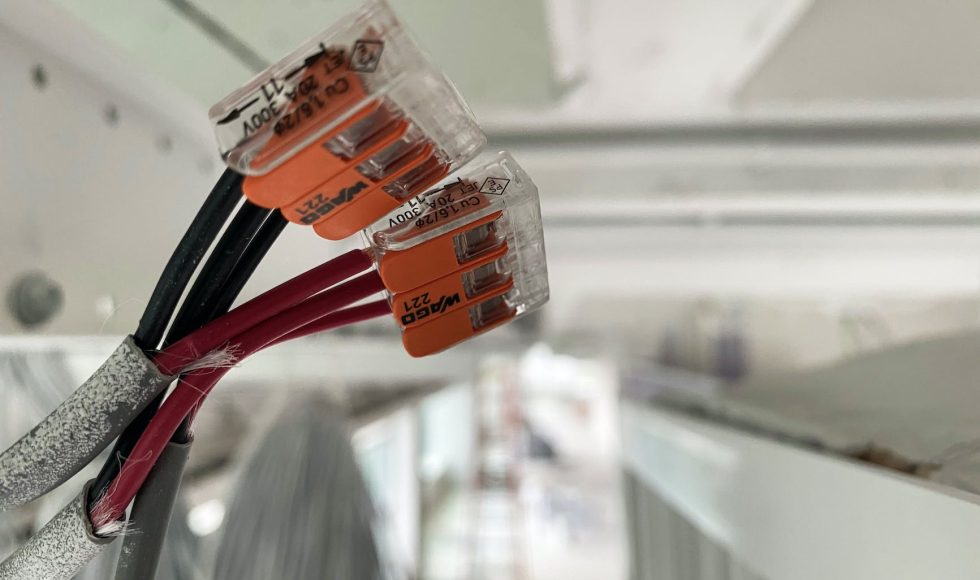Colette Felton from the University of California at Santa Cruz presented at the Nanopore Community Meeting in Houston about “Haplotypes, isoforms, and fusions: towards a richer cancer transcriptome.” The Felton read studies splicing, and long reads could be used to detect isoforms. The lab developed a tool called FLAIR2 to study differential splicing. Felton’s lab studied UPP1 in HBECs after USAF1 S43F mutation. They have updated FLAIR to FLAIR2 to obtain haplotype-specific strain variants. The lab is observing differential isoform detection. In their example, Illumina detected few changes. Nanopore sequencing can be used to detect isoforms that are resistant. Felton’s lab continued to work on single-cell transcriptomics. I thought it was intriguing that RNA editing can lead to preferential translation and protein production.



